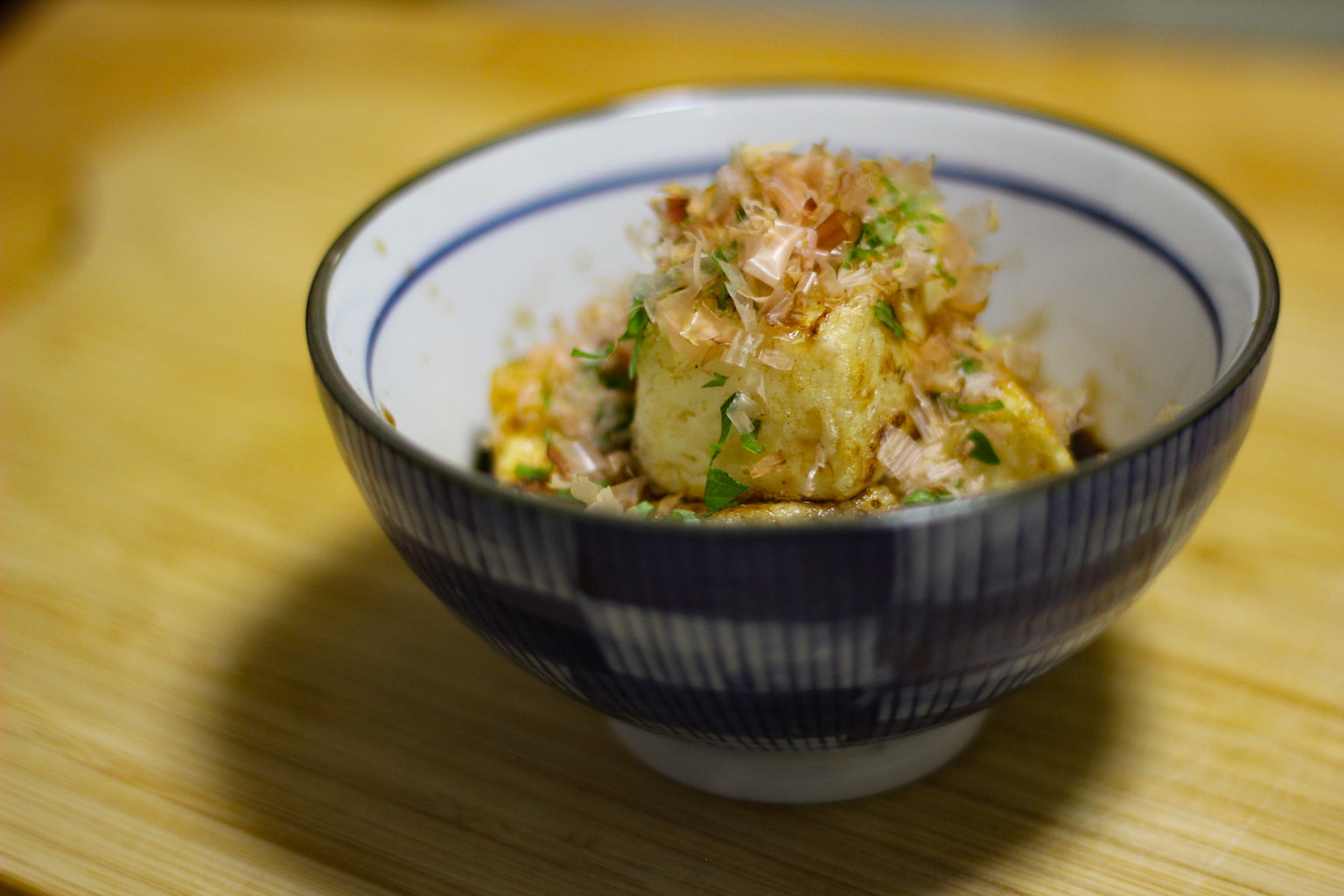Seasonal Japanese Ingredients: What’s Fresh and How to Use It

Seasonal Japanese Ingredients: What’s Fresh and How to Use It
Japanese cuisine places immense emphasis on the seasonality of ingredients, celebrating the freshest flavors each time of year. From the vibrant greens of spring to the hearty root vegetables of winter, understanding the seasonal bounty allows you to truly experience the depth and diversity of Japanese flavors.
Spring (March – May)
Spring in Japan is a joyous time for rebirth and renewal, reflected in the vibrant, light flavors of the season.
- Asparagus: Japanese asparagus is renowned for its delicate sweetness and tenderness. Enjoy it grilled, stir-fried, or steamed with a light soy sauce dressing.
- Spring Onions: These versatile greens add a fresh, sharp bite to dishes. Use them in stir-fries, salads, or as a garnish.
- Sakura (Cherry Blossoms): Beyond their beauty, sakura petals can be candied and used as a delicate topping for desserts, cakes, and even savory dishes.
- Shirasu (Whitebait): Tiny, delicate fish, often served raw with rice or simmered in miso soup for a light, savory flavor.
Summer (June – August)
Summer in Japan is a time for refreshing and light flavors, perfectly suited for the hot weather.
- Cucumber: This refreshing vegetable is a staple in summer salads, often thinly sliced and served with a simple vinegar dressing.
- Tomato: Japanese tomatoes are known for their sweetness and juiciness. Enjoy them in salads, stir-fries, or as a garnish.
- Nagaimo (Mountain Yam): This sticky, starchy yam is perfect for making refreshing summer dishes like cold noodles and salads.
- Sansho (Japanese Pepper): This unique spice adds a citrusy, tingling sensation to dishes. Use it sparingly to enhance the flavors of summer seafood.
Autumn (September – November)
Autumn in Japan is a time for hearty flavors and colorful ingredients.
- Matsutake (Pine Mushrooms): A prized delicacy, matsutake mushrooms are prized for their earthy aroma and complex flavor. Enjoy them in soups, stir-fries, or simply grilled.
- Kabocha (Japanese Pumpkin): This sweet pumpkin is often used in soups, stews, and desserts. It can also be roasted for a savory side dish.
- Gingko Nuts: These unique nuts have a slightly bitter flavor and are often enjoyed roasted or as a snack.
- Chestnut: Japanese chestnuts are sweeter and softer than their western counterparts. Enjoy them boiled, roasted, or in desserts.
Winter (December – February)
Winter in Japan calls for warm and comforting flavors.
- Daikon (Japanese Radish): This large radish is versatile and can be used in soups, stews, pickled, or grated for a refreshing salad.
- Turnip: Enjoy the sweet, delicate flavor of Japanese turnips in stews, soups, and stir-fries.
- Buri (Yellowtail): This fatty fish is best enjoyed in the winter months. It’s often served as sashimi, sushi, or grilled.
- Mikan (Mandarin Orange): These small, juicy oranges provide a refreshing sweetness and vitamin boost during the cold months.
Beyond the Seasons
While seasonality is key, some ingredients are available year-round, providing essential building blocks for Japanese cuisine:
- Soy Sauce: The base of many savory dishes.
- Rice: A staple food, served with nearly every meal.
- Miso: Fermented soybean paste, used in soups, marinades, and dips.
- Seaweed: Used in salads, soups, and sushi rolls.
Beyond the Plate
Exploring seasonal Japanese ingredients extends beyond the plate. Attend seasonal festivals celebrating the harvest, visit local markets to find the freshest produce, and even try your hand at growing your own Japanese herbs and vegetables. By embracing the rhythms of the seasons, you can truly immerse yourself in the world of Japanese cuisine and discover a world of flavor.

